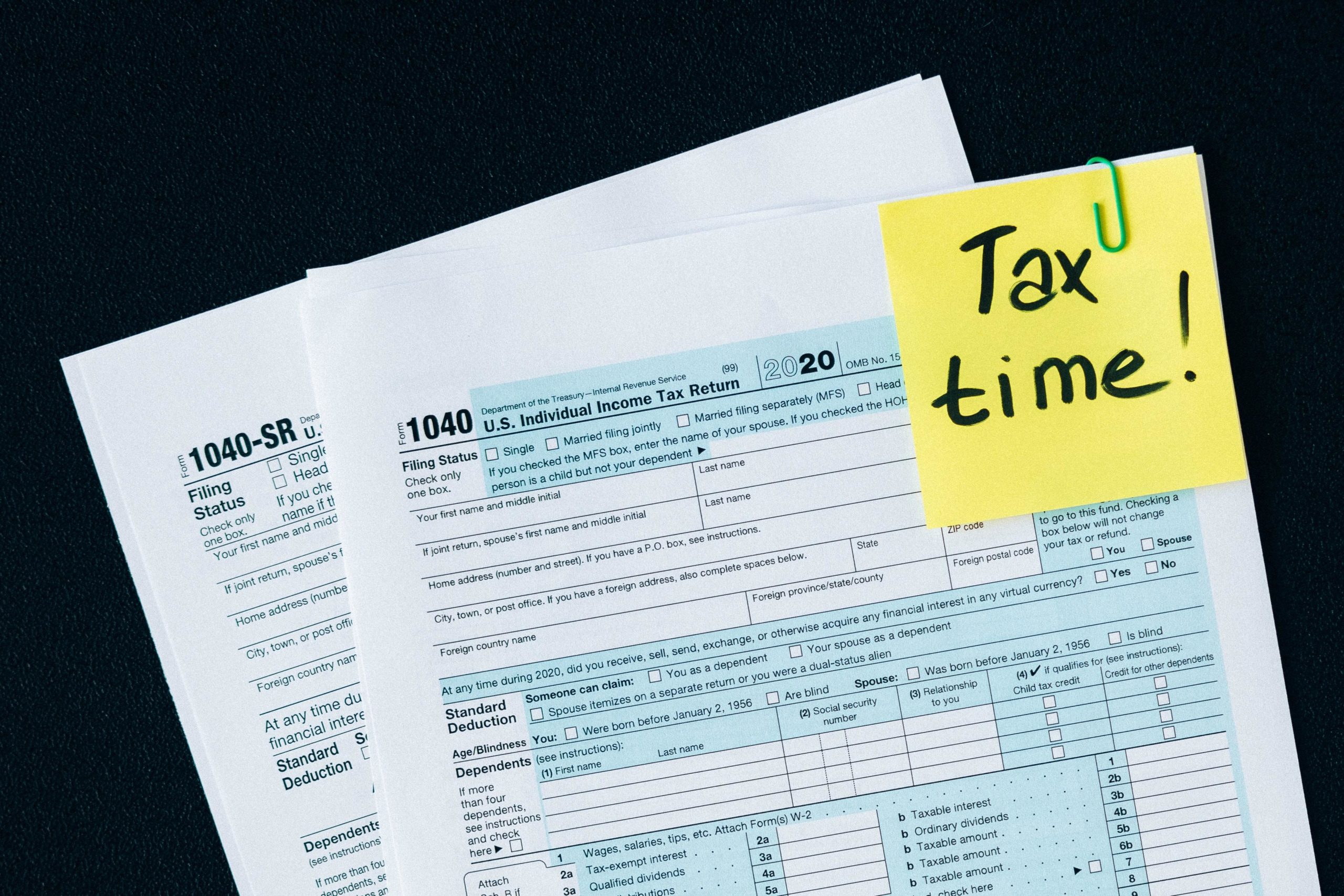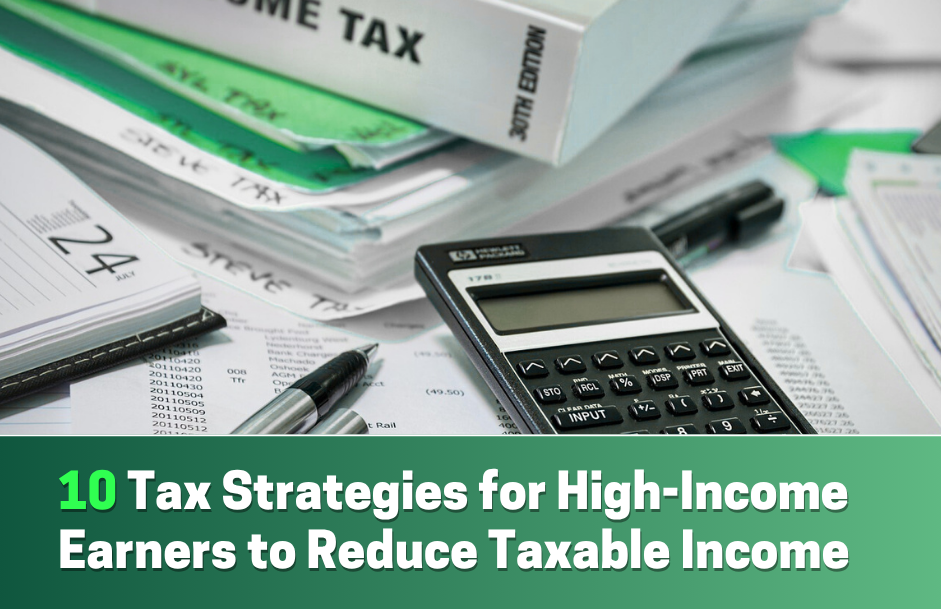
As we close out February and enter March, individuals and CPAs around the US are getting into the thick of tax season. By this time most tax forms should be available, and CPAs are anxiously awaiting to frantically prepare this information before the ominous April 15th deadline. No one expected last year to upend our daily lives as much as it did. Along with life changes also came government assistance, much of which came in the form of tax changes. While there are numerous differences with how 2020 taxes will be prepared, one of the most noteworthy is how to report any direct payments received (or not received) from the government. Here’s what you should know about how to report these payments.
There are two payments to account for
During the peak of the pandemic in March, Congress speedily passed assistance to individuals and businesses in what was called the CARES Act . If you qualified based on your income you were eligible to receive up to $1,200 ($2,400 for married filing joint) with an additional $500 per qualifying child. The return that was used to determine eligibility was either your 2019 or 2018 return, depending on the most recent one the IRS had on file.
In addition to that, at the 11th hour at the end of December, Congress passed a second bill which paid $600 per individual ($1,200 if joint) and $600 per qualifying child if you qualified based on your income from 2019. Although the bill was passed at the end of 2020, because of the time it took to deliver the payments, many individuals did not receive these until early 2021. What’s important to know, is that both payments should be reported on your 2020 return and if you did not receive enough, you may be entitled to a credit on your return to make up the difference.
Credit is based on your 2020 income
Another misconception is that these payments are based on your prior year’s income. While that was true for the initial payments, they are intended to be reconciled on your 2020 tax return in the form of a refundable credit. What this means is that if your income was too high based on last year’s return, but you qualify with your 2020 income you are eligible to receive the money back when you file your return.
The amount of the payment received is reduced over certain income levels, and is eventually eliminated entirely if your income is too high. The payment starts to be reduced if your adjusted gross income (AGI) is above $75,000 for single filers, and $150,000 for joint. The amount of the payment is reduced by $5 for every $100 above the threshold.
Ex: Mary is a single filer and had an AGI of $80,000 in 2019. She is eligible for a payment, but it will be reduced because it’s above $75,000. The amount of the first payment would be $950 ($5,000 / 100 * 5 = $250 reduction) and $350 for the second payment.
There are many individuals like Mary above who may have received a partial payment during the year, but are eligible for the full payment based on their 2020 income. In these situations, the difference would be made up in the form of a tax credit, in her case $500 ($250 for each payment). The way a tax credit works is it reduces the amount of taxes owed dollar for dollar. What makes refundable credits even better is that if you reduce your taxes owed for the year to nothing, you receive the difference back in the form of a refund.
Ex: Mike is a single filler and earned too much money in 2019 to qualify for a payment. He was laid off in March of 2020 and did not work for the rest of the year. Based on his 2020 income he qualifies for both payments. Since he only worked part of the year, his total tax due from 2020 is $1,500. His total credit from the economic impact payments is $1,800 ($1,200 + $600). Since the credit is refundable, it will reduce his tax liability to $0, and the remaining $300 ($1,800 – $1,500) is refundable to him. This example also assumes that Mike did not pay in any taxes during the year. Any taxes paid would also be refunded.
No repayment necessary
The last important piece to mention is that there is no repayment necessary if you received a payment based on your 2019 income, but don’t qualify using your 2020. If you’re lucky enough to be in a situation where your finances improved from 2019 to 2020 you do not need pay back the money. In addition to that, it’s not even included as taxable income on your return! You received money tax-free with no repayment required.
Summary:
Last year was a difficult year to say the least. Unfortunately, the difficulty is not quite over yet because of the complexities of filing your 2020 return. It’s important to make sure you are preparing your taxes correctly, especially with the recovery payments, so you’re not leaving money on the table.
This is not to be considered tax or financial advice. Please review your personal situation with your tax and/or financial advisor. All advisors at Milestone Financial Planning, LLC, a fee-only financial planning firm in Bedford, NH. Milestone work with clients on a long-term, ongoing basis. Our fees are based on the assets that we manage and may include an annual financial planning subscription fee. Clients receive financial planning, tax planning, retirement planning, and investment management services, and have unlimited access to our advisors. We receive no commissions or referral fees. We put our clients’ interests first. If you need assistance with your investments or financial planning, please reach out to one of our fee-only advisors .



